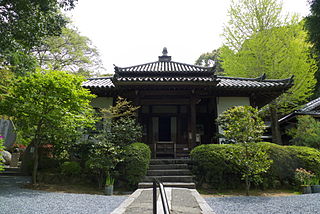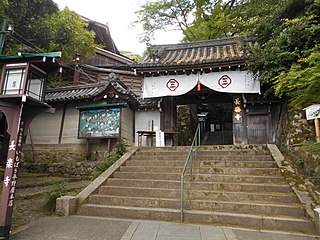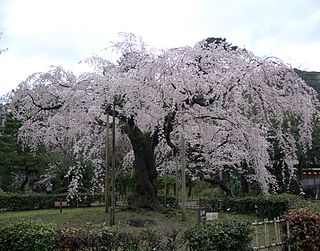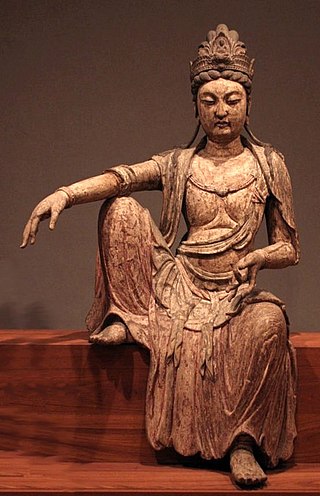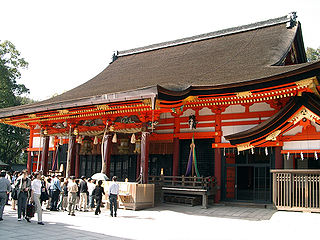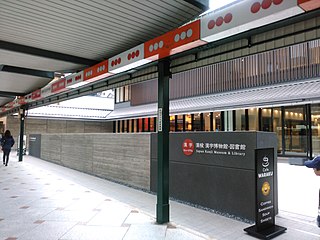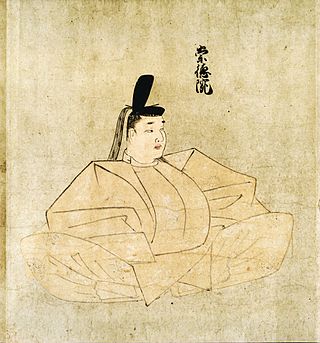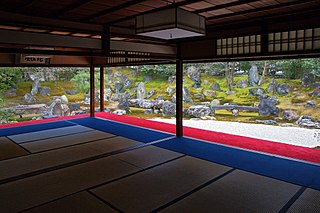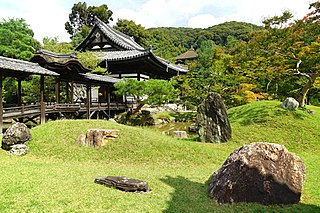Self-guided Sightseeing Tour #6 in Kyoto, Japan
Legend
Guided Free Walking Tours
Book free guided walking tours in Kyoto.
Guided Sightseeing Tours
Book guided sightseeing tours and activities in Kyoto.
Tour Facts
3.7 km
217 m
Experience Kyoto in Japan in a whole new way with our free self-guided sightseeing tour. This site not only offers you practical information and insider tips, but also a rich variety of activities and sights you shouldn't miss. Whether you love art and culture, want to explore historical sites or simply want to experience the vibrant atmosphere of a lively city - you'll find everything you need for your personal adventure here.
Activities in KyotoIndividual Sights in KyotoSight 1: Chion-in
Chion-in Higashiyama-ku, Kyoto, Japan is the headquarters of the Jōdo-shū founded by Hōnen (1133–1212), who proclaimed that sentient beings are reborn in Amida Buddha's Western Paradise by reciting the nembutsu, Amida Buddha's name.
Sight 2: 一心院
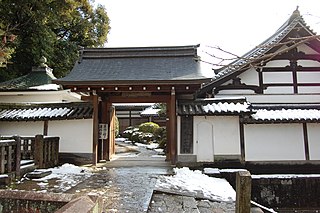
Isshinin is a temple of the Jodo sect in Higashiyama Ward, Kyoto, and the main temple of the Jodo sect. The name of the mountain is Gunsensan. The honzon is Amitabha. It is surrounded by many of the grounds of Chion-in, but it is a separate temple independent of the temple.
Sight 3: Anyo Temple
Anyoji is a Jishu temple located in Higashiyama Ward, Kyoto City. Its mountain name is Jienzan, and its principal image is Amida Nyorai. It is situated at the northeastern corner of Maruyama Park, at the foot of the Higashiyama mountains in the Kyoto basin. It is also said to be the Yoshimizu Kousan associated with Honen Shonin and Shinran Shonin.
Sight 4: Chōraku-ji Temple
Chorakuji is a Jishu (Yugyo-ha) temple located in Maruyama-cho, Higashiyama Ward, Kyoto City. Its mountain name is Odaizan. The principal image is Junsei Kannon. It is situated southeast of Maruyama Park. The former precincts were vast, including most of Maruyama Park and a large part of the Otani family temple (Higashi Otani) of the Honganji sect. It is the 7th temple of the 33 Kannon sacred sites in Kyoto.
Sight 5: Sorin-ji Temple
Sourinji Temple is a Tendai sect temple located in Wajio-cho, Higashiyama Ward, Kyoto City. The mountain name is Ryoju-san (or Kintama-san). The temple's name is correctly referred to as Sharasōju-in. The main deities are Yakushi Nyorai and Daisei Kanki-ten.
Sight 6: Maruyama Park
Maruyama Park is a park in Kyoto, Japan. It is noted as the main center for cherry blossom viewing in Kyoto, and can get extremely crowded at that time of year (April). The park's star attraction is a weeping cherry tree (shidarezakura) which becomes lit up at night. It also becomes busy in the New Year's Eve Festivals.
Sight 7: Kan'non bosatsu
Guanyin is a common Chinese name of the bodhisattva associated with compassion known as Avalokiteśvara. Guanyin is short for Guanshiyin, which means "[The One Who] Perceives the Sounds of the World". Due to sociogeographical factors, Guanyin can be historically depicted as genderless or adorning an androgynous apprentice. On the 19th day of the sixth lunar month, Guanyin's attainment of Buddhahood is celebrated. Guanyin has been appropriated by other religions, including Taoism and Chinese folk religion.
Sight 8: Miyazaki Yuzensai
Miyazaki Yūzen , also known as Miyazaki Yūzensai or Yūzenzai (友禅斎), was a Japanese fan painter who perfected the yūzen fabric dyeing technique.
Sight 9: Yasaka Shrine
Get Ticket*Yasaka Shrine , once called Gion Shrine , is a Shinto shrine in the Gion District of Kyoto, Japan. Situated at the east end of Shijō-dōri, the shrine includes several buildings, including gates, a main hall and a stage. The Yasaka shrine is dedicated to Susanoo in the tradition of the Gion faith as its chief kami, with his consort Kushinadahime on the east, and eight offspring deities on the west. The yahashira no mikogami include Yashimajinumi no kami, Itakeru no kami, Ōyatsuhime no kami, Tsumatsuhime no kami, Ōtoshi no kami, Ukanomitama no kami, Ōyatsuhiko no kami, and Suseribime no mikoto.
Sight 10: 漢検 漢字博物館・図書館 漢字ミュージアム
Le musée des kanjis (漢字博物館, Kanji myūjiamu), officiellement nommé Japan Kanji Museum & Library (漢検 漢字博物館・図書館, Kanken kanji hakubutsukan toshokan), est un musée situé dans l'arrondissement Higashiyama de Kyoto, au Japon. Ouvert depuis juin 2016, il est entièrement consacré aux caractères chinois qui structurent une partie de la forme écrite de la langue japonaise.
Sight 11: 崇徳天皇御廟
Emperor Sutoku was the 75th emperor of Japan, according to the traditional order of succession.
Sight 12: Entokuin
Entokuin is a Rinzai sect temple of Kenninji located in Higashiyama Ward, Kyoto. It is a sub-temple of Kodaiji. The main deity is Shakyamuni Buddha. It is known for being the residence of Toyotomi Hideyoshi's legal wife, Kita no Mandokoro, in her later years, and is also said to be the place of her demise. The three-faced Daikokuten housed there is believed to be Hideyoshi's personal deity.
Sight 13: Kōdai-ji
Kōdai-ji , formally identified as Jubuzan Kōdai-ji , is a temple of the Rinzai school of Zen Buddhism in Higashiyama-ku, Kyoto, Japan—the largest subtemple of the Kennin-ji branch.
Share
How likely are you to recommend us?
Disclaimer Please be aware of your surroundings and do not enter private property. We are not liable for any damages that occur during the tours.
GPX-Download For navigation apps and GPS devices you can download the tour as a GPX file.

